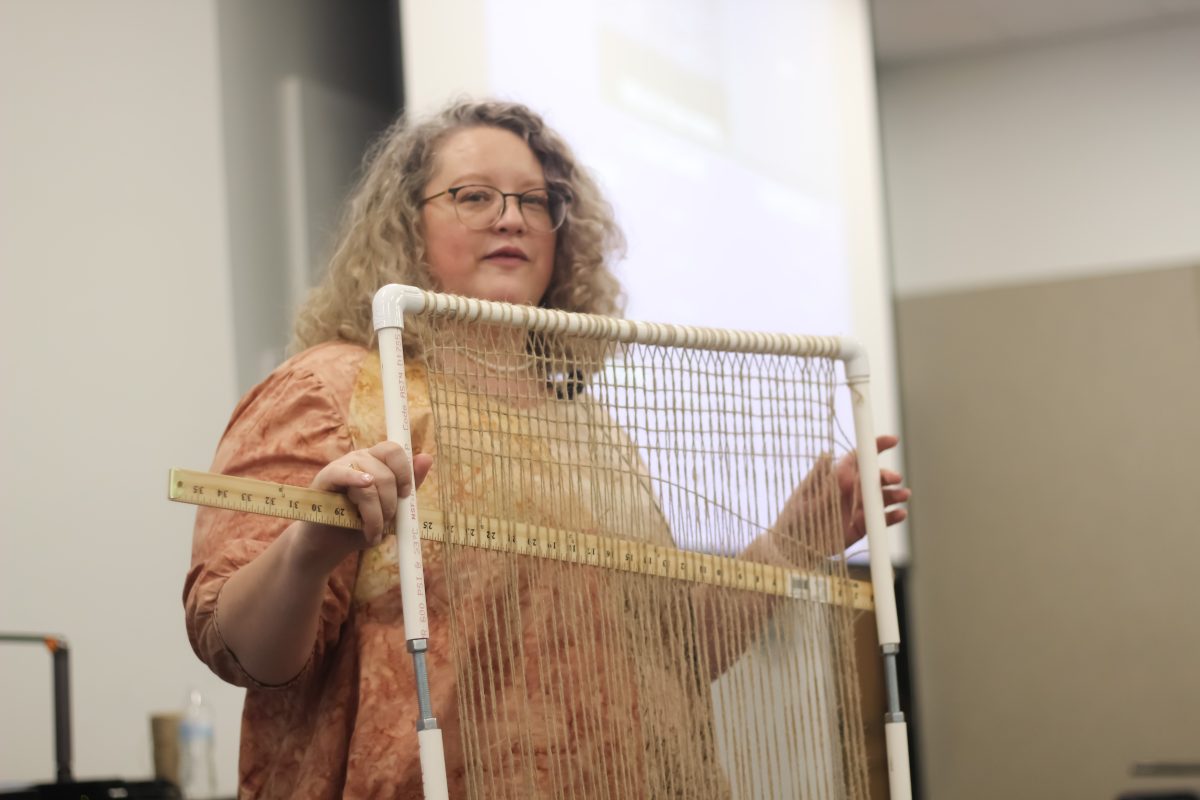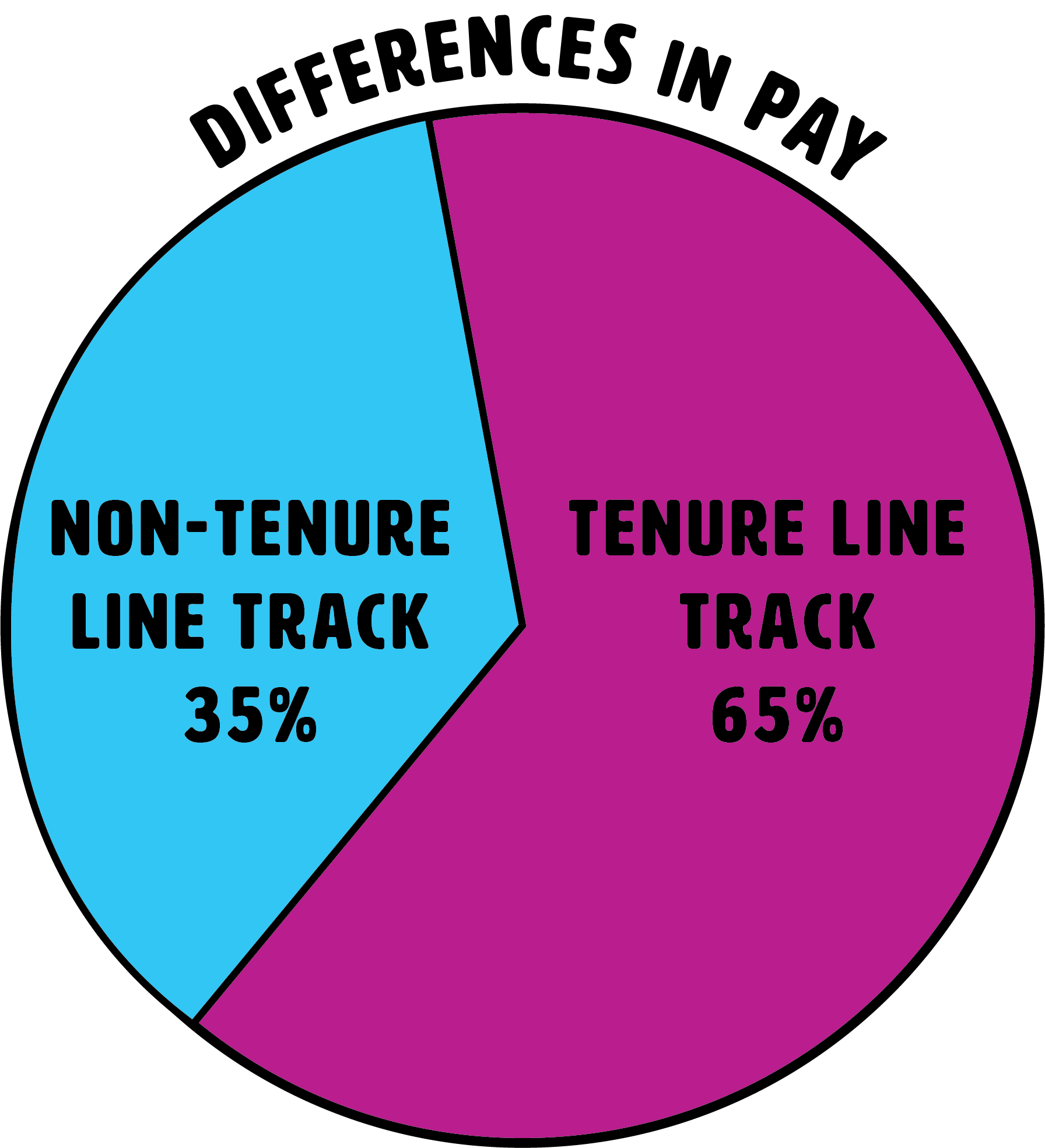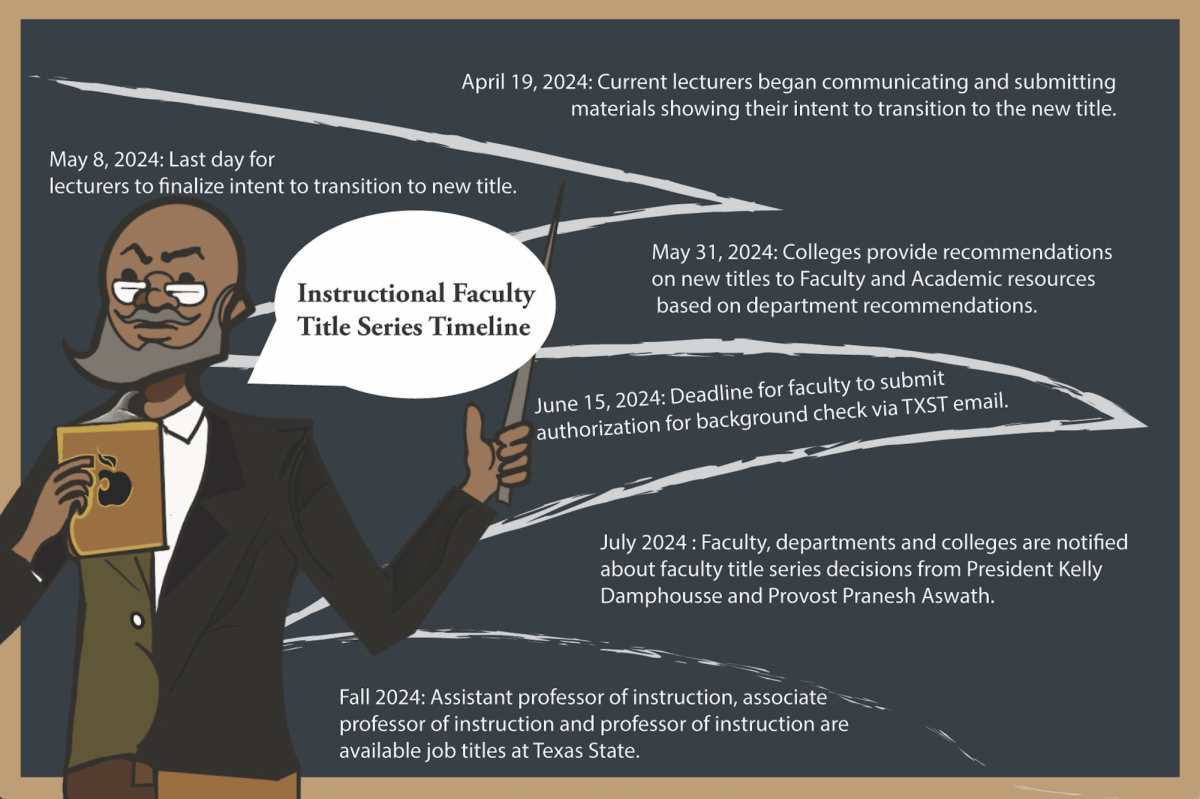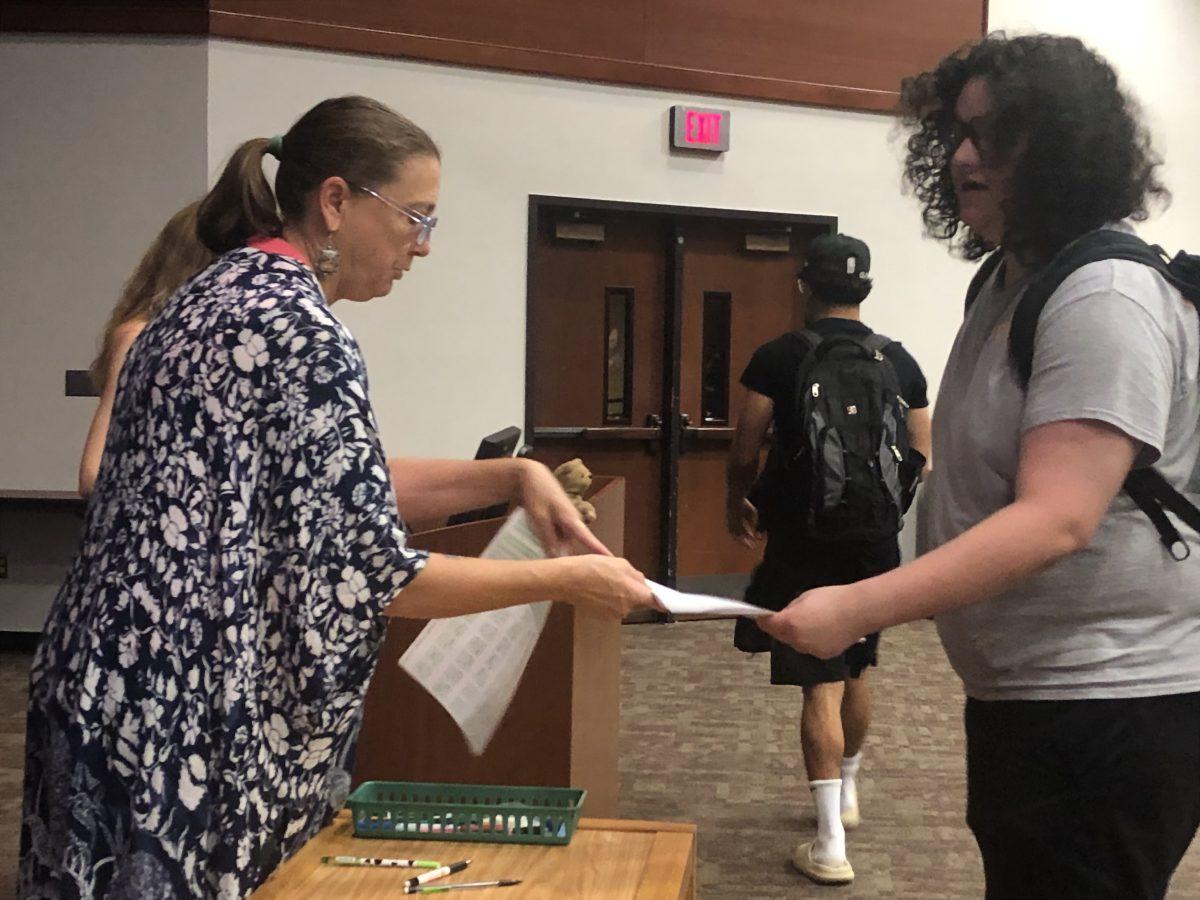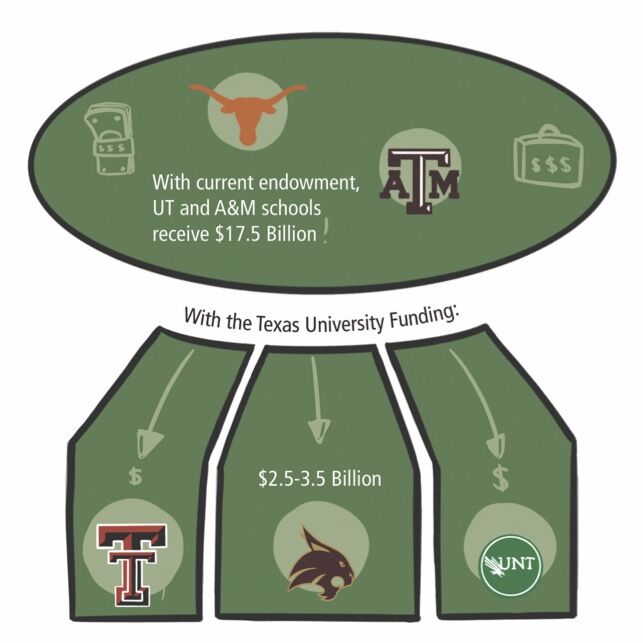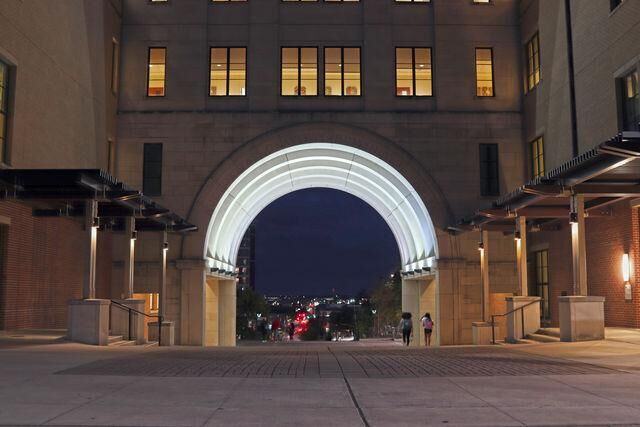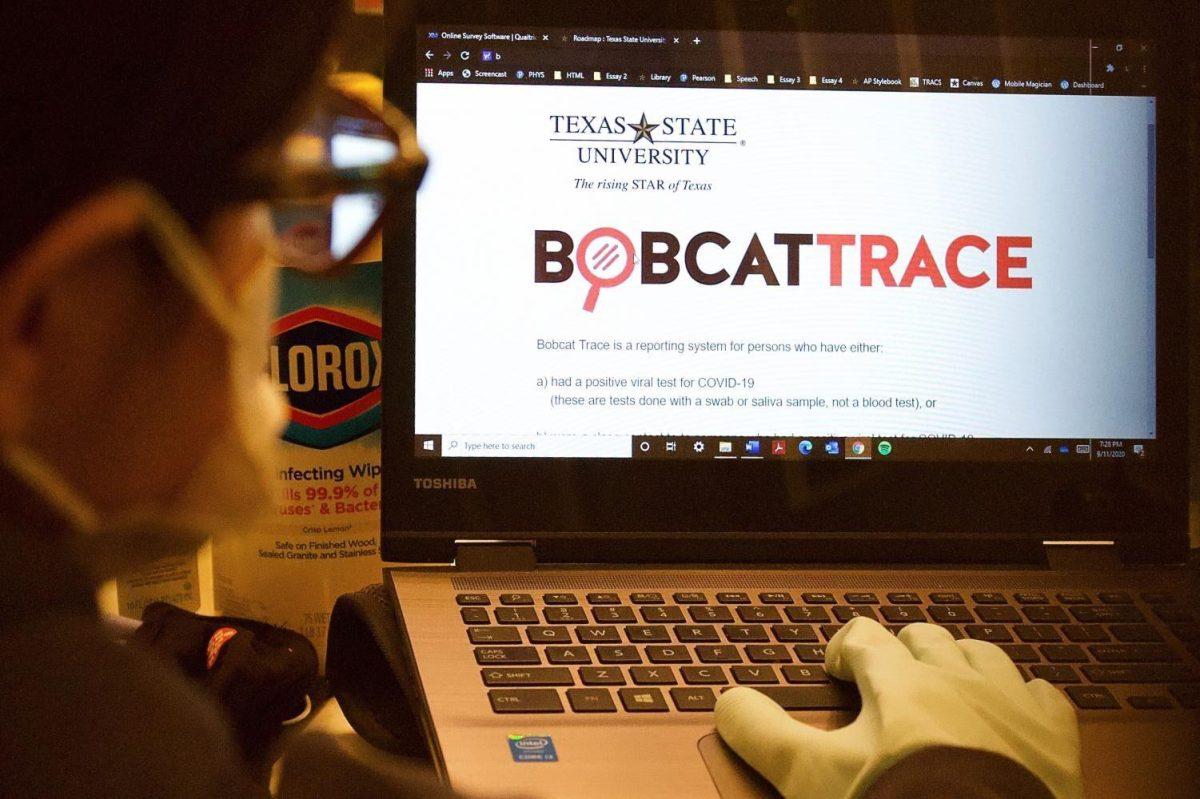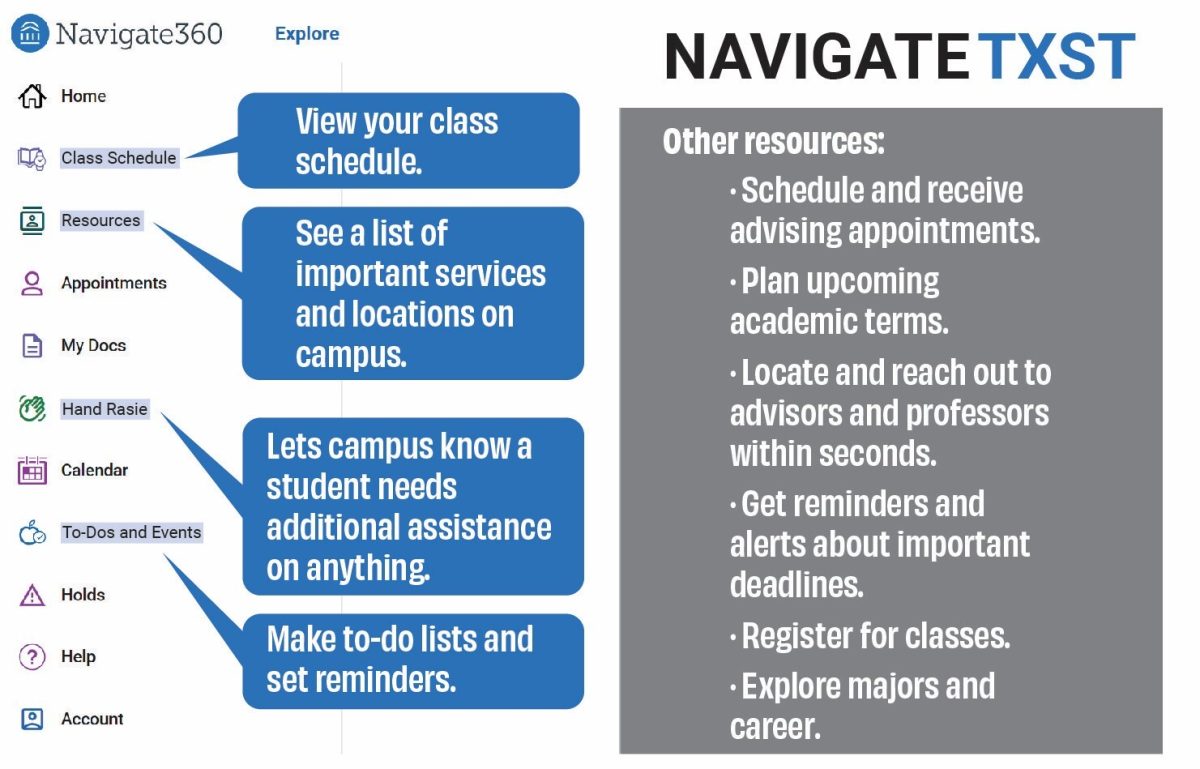The Texas State University Faculty Senate and Nontenure Line Faculty Committee are planning to implement the “Faculty Title Series” in fall 2024. The series plans to address inequity in the treatment of certain faculty that impacts many employees.
Under the structures currently in place, some feel that Texas State has two classes of faculty: the smaller, more prestigious and highly paid tenure-line, and the less prestigious, but more widely available nontenured line faculty. The “Faculty Title Series” plans to address this by offering raises and more ways to further the career of nontenured line faculty.
“Lecturers are going to have an option, relatively soon, to get on a promotional track, which we don’t have now. You can get a title change to senior lecturer, but that doesn’t come with a pay increase,” Allison Robinson, a history lecturer, said.
Under current plans, the “Faculty Title Series” will place nontenure faculty on career paths, much akin to the path of tenure-line faculty. Current senior lecturers will be given the option to stay grandfathered into the current system, but no new senior lecturers will be hired or created unless an emergency situation calls for it.
“The idea is that senior lecturer goes away, which is one of the last categories that doesn’t have a career path. In its place, you’re going to have assistant professor, associate professor and full professor, and I think the latest term is ‘of teaching,'” Shannon Duffy, a senior lecturer in the Department of History and member of Faculty Senate said.
Nontenure line faculty, who currently make up the majority of faculty, are on contracts that must be renewed after a set term whereas their counterparts have much higher levels of job security.
“It is much easier to get rid of a nontenure line than a tenure-line person. So [nontenure faculty] will have five-year contracts, which is what I have now. It always has language that says basically unless we [the university] don’t need you,” Duffy said.
Nontenure-line faculty currently experience a sometimes significant pay gap between themselves and tenure-line faculty. The pay gap varies by department and the demand for the position, but at times can be as much as several tens of thousands of dollars.
“It’s my understanding that in general, nontenure line faculty, even people that have been here for 20 or 25 years, still earn significantly less than tenure-line faculty, even newly hired tenure-line faculty,” Jennifer Jensen, a professor of geography and environmental studies and vice chair of Faculty Senate, said.
The hope under the changes of the “Faculty Title Series” is to make salaries more equitable between nontenured line and tenure-line faculty by offering raises based on the College and University Professional Association for Human Resources (CUPA), which is an organization that tracks average salaries for faculty in higher education.
“What the university is doing, as I understand it, is working on market adjustments, which is I think, the first time it has happened broadly across campus in a good number of years. They’re looking at CUPA median salaries for people in different ranks and then trying to bring those people who are further from the CUPA median [closer],” Jensen said.
Despite receiving less pay, the majority of instruction at Texas State is done by nontenured faculty. Tenured faculty are offered opportunities outside of teaching, and can take entire semesters off after working at the university for at least six years, whereas nontenure line faculty can only apply for a reduced workload, which decreases the number of classes they have to teach for a semester.
“The salary that tenure track and tenured professors get, and the reduced course load that they get compared to lecturers means that they have more time and income to take more opportunities to take leave, you know, may do a semester of leave to focus on their book. Lecturers do not get them and so that’s one thing that I hope changed with the switchover because I would love to do more publications,” Robinson said.
Some faculty members have expressed hope that the equity increase will lead to higher quality education for students on campus and a more prestigious reputation for the university as a whole.
“My understanding is that a lot of these conversations, and why President Damphousse is so supportive, is that he has this fantastic ambition of Texas State becoming an R1 university and we really can’t do that with this kind of gap between lecturers, nontenure and tenure faculty,” Robinson said.
The “Faculty Title Series” has not been finalized, and is still in development. More and future information will be, available on the Faculty Senate’s webpage and the Non-Tenured Committee’s webpage.
Editor’s note: The “Faculty Title Series” will be implemented in fall 2024 not 2023, that change has been reflected.











